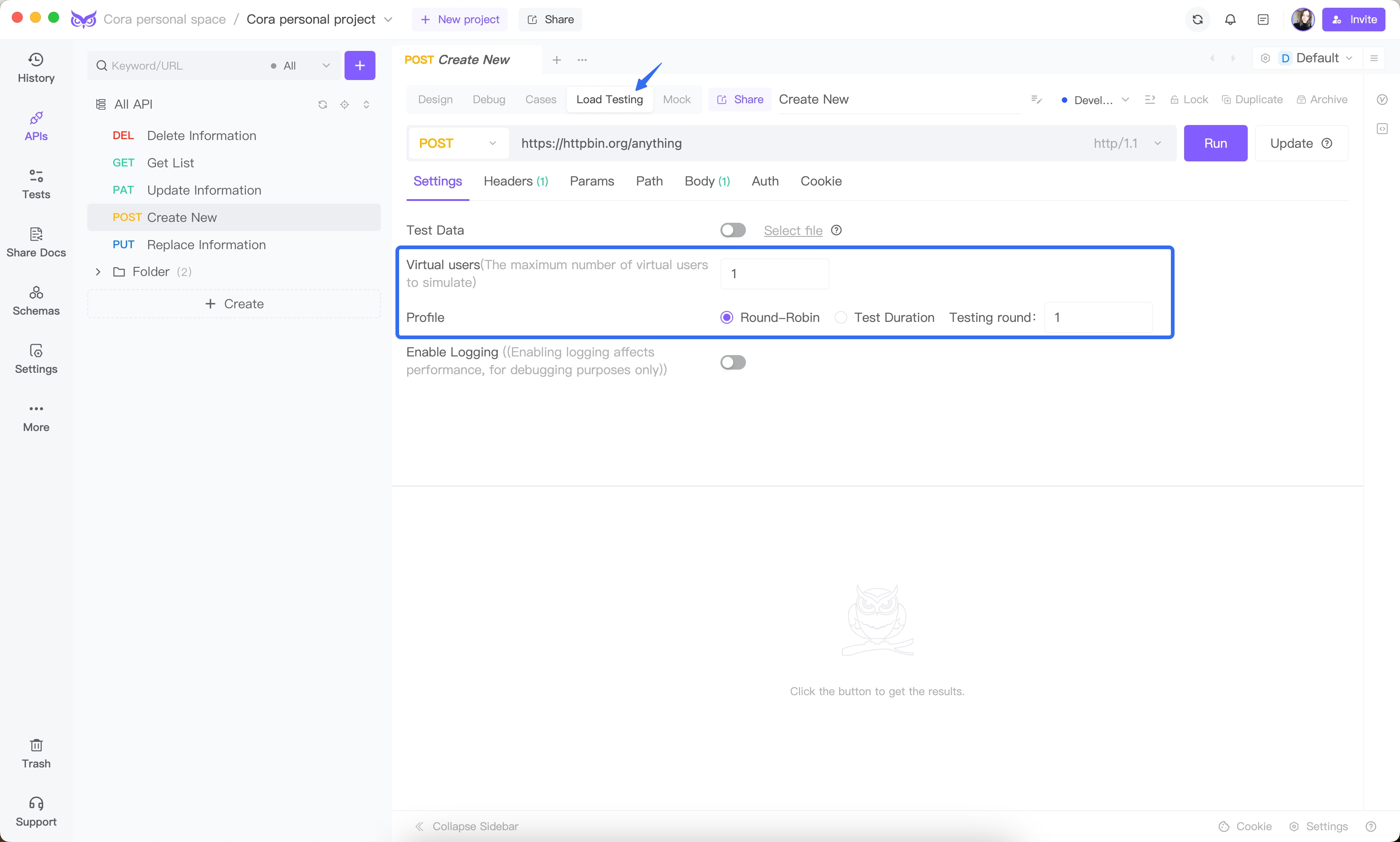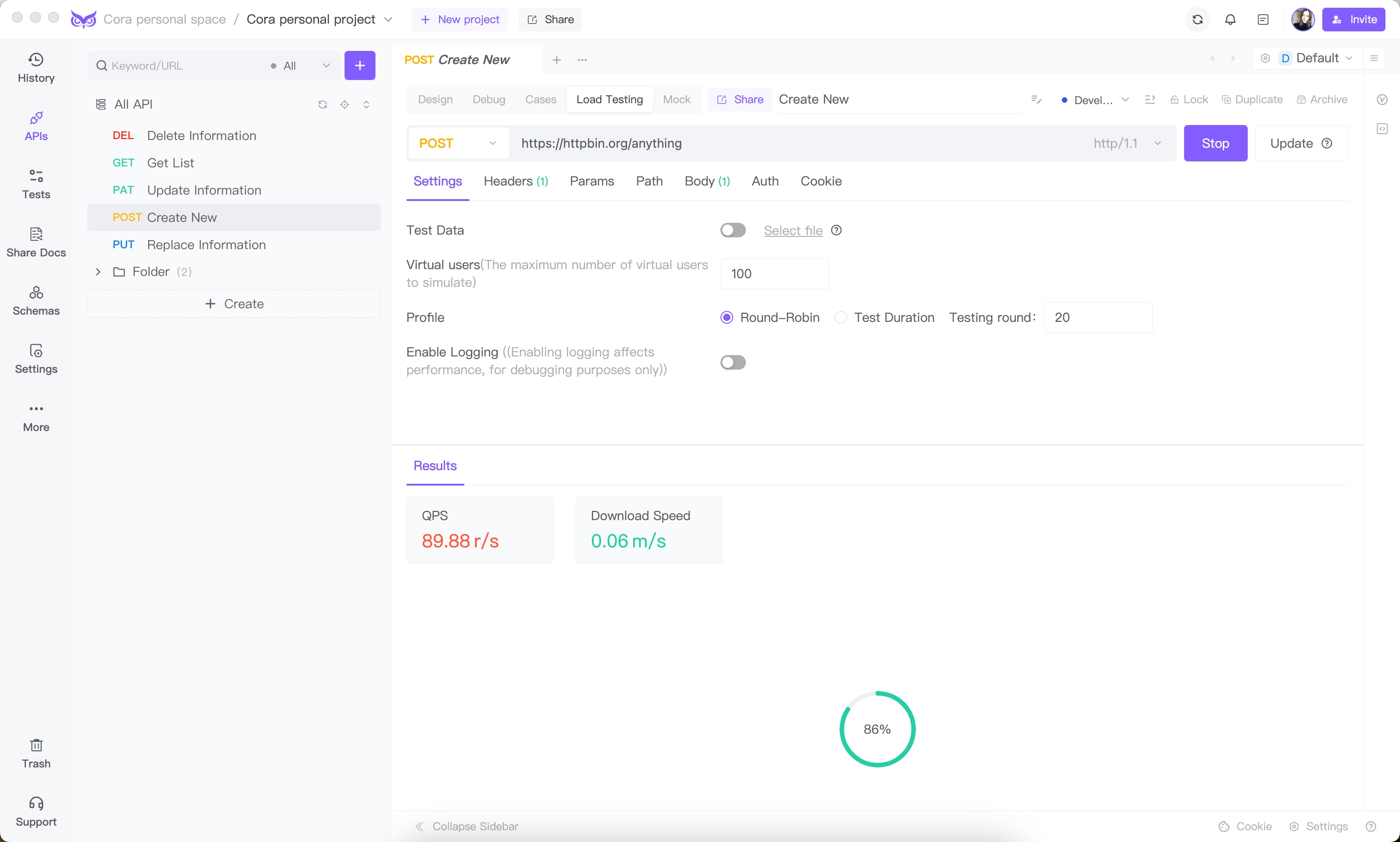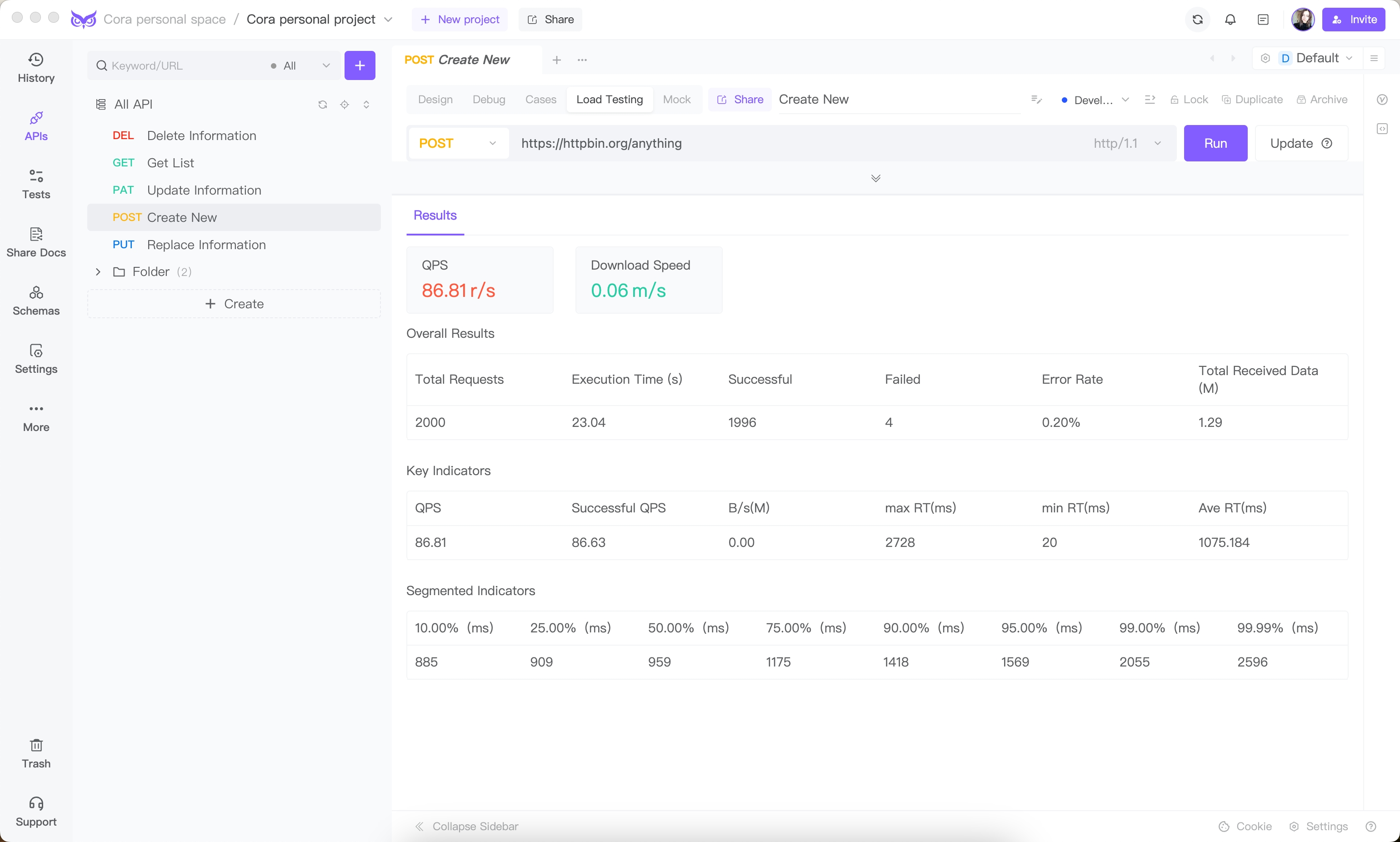Unlocking Success: Harnessing the Crucial Significance of Performance Testing
Unlocking Success: Harnessing the Crucial Significance of Load Testing
Load Testing stands as a cornerstone in the software development lifecycle, playing a pivotal role in ensuring that applications and APIs can withstand varying levels of user interactions and operational loads. By subjecting software systems to rigorous performance evaluations, developers gain invaluable insights into how their applications behave under stress and identify potential bottlenecks that could impede performance in real-world scenarios.

Load Testing serves as a proactive measure to:
- Ensure Reliability: By simulating high loads, load testing helps developers assess the reliability and stability of their software systems, uncovering vulnerabilities early on.
- Optimize Efficiency: By analyzing performance metrics such as response times and throughput, developers can optimize code, configurations, and resources to enhance system efficiency.
- Enhance User Experience: Identifying and addressing performance issues through testing results in improved user experiences, ensuring seamless interactions with applications and APIs.
- Mitigate Risks: Load Testing aids in mitigating risks associated with system failures, downtimes, and performance degradation, safeguarding the reputation and integrity of software products.
Simplify and Streamline: EchoAPI's Unified Load Testing Solution
EchoAPI, a cutting-edge tool in the realm of software development, stands out for its robust support for streamlined load testing. This versatile platform offers developers a seamless solution that consolidates the testing process, eliminating the need for intricate tool combinations. With EchoAPI at their disposal, developers can effortlessly debug APIs and seamlessly transition to load testing directly within the platform. This transformative approach simplifies the testing workflow, sparing developers the hassle of navigating between different tools like Postman to JMeter or LoadRunner. EchoAPI's load testing capability represents a significant leap forward in enhancing efficiency and productivity in the testing phase, making it a game-changer for developers seeking a unified and user-friendly testing experience.

Optimizing Performance: Harnessing EchoAPI's Load Testing Functionality
By clicking on Load Testing, you can access the stress testing interface, where you have the option to set the concurrency level in Virtual users, and then further configure the Round-Robin or Test Duration modes in the Profile settings.

After configuring the settings, simply click on Run to initiate the test.

After the test is completed, you will obtain performance-related data such as QPS (Queries Per Second), Total Requests, Execution Time (in seconds), Error Rate, Average Response Time (in milliseconds), as well as other segmented indicators relevant to the performance test.

Conclusion
In conclusion, EchoAPI stands out as a game-changer in the field of load testing, offering a seamless and integrated solution that simplifies the testing process. By providing a user-friendly interface for configuring load testing parameters and generating comprehensive performance metrics, EchoAPI not only streamlines the workflow but also enhances efficiency for developers. Its innovative approach to interface debugging and load testing makes it a highly recommended tool for optimizing API performance and ensuring smooth testing experiences.




 EchoAPI for VS Code
EchoAPI for VS Code

 EchoAPI for IntelliJ IDEA
EchoAPI for IntelliJ IDEA

 EchoAPl-Interceptor
EchoAPl-Interceptor

 EchoAPl CLI
EchoAPl CLI
 EchoAPI Client
EchoAPI Client API Design
API Design
 API Debug
API Debug
 API Documentation
API Documentation
 Mock Server
Mock Server








